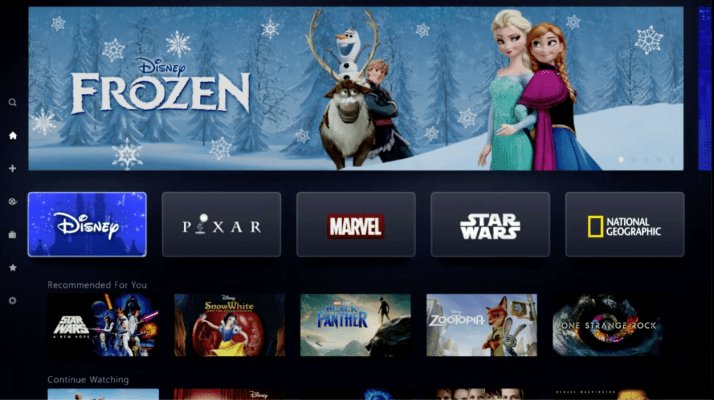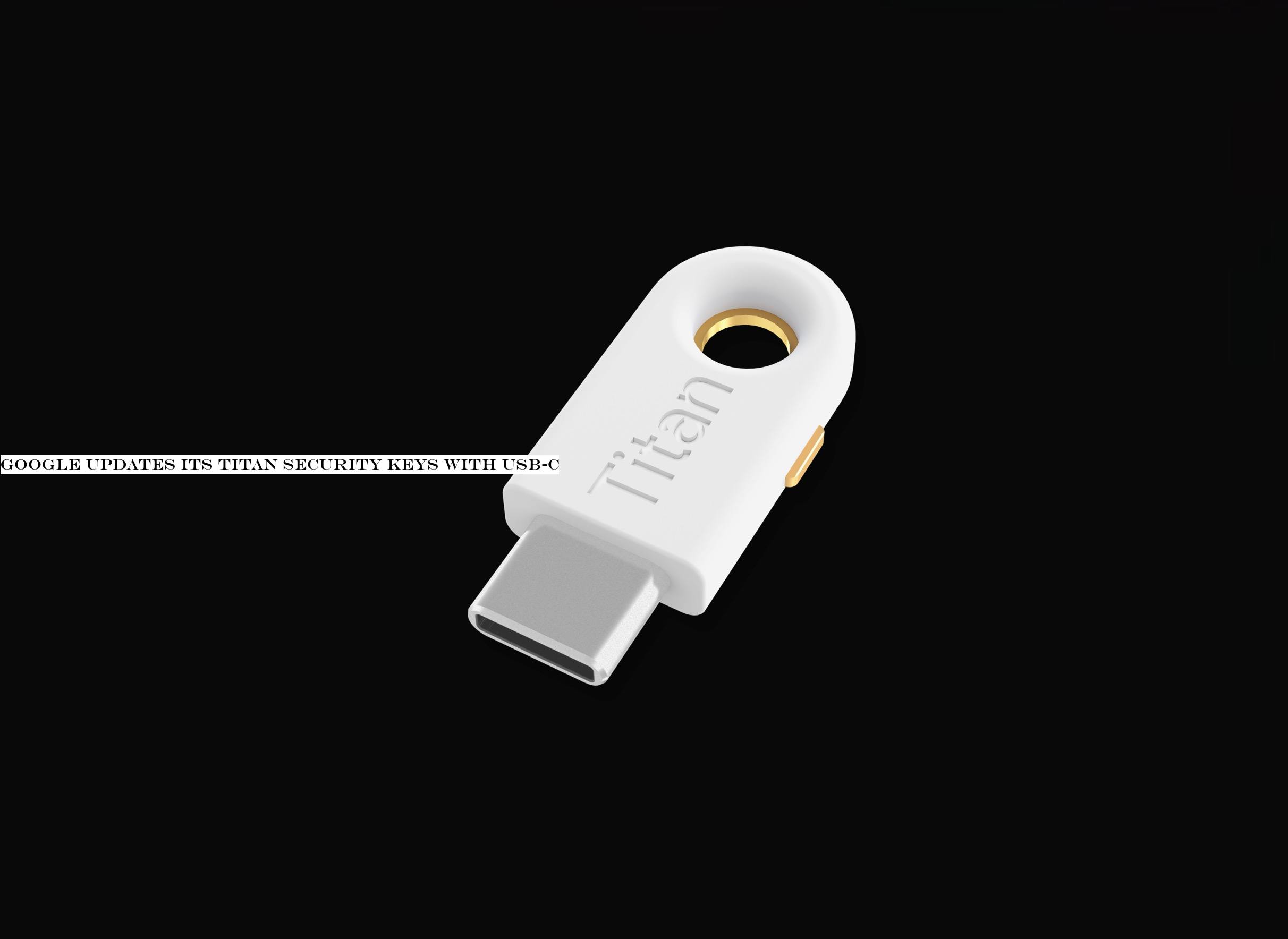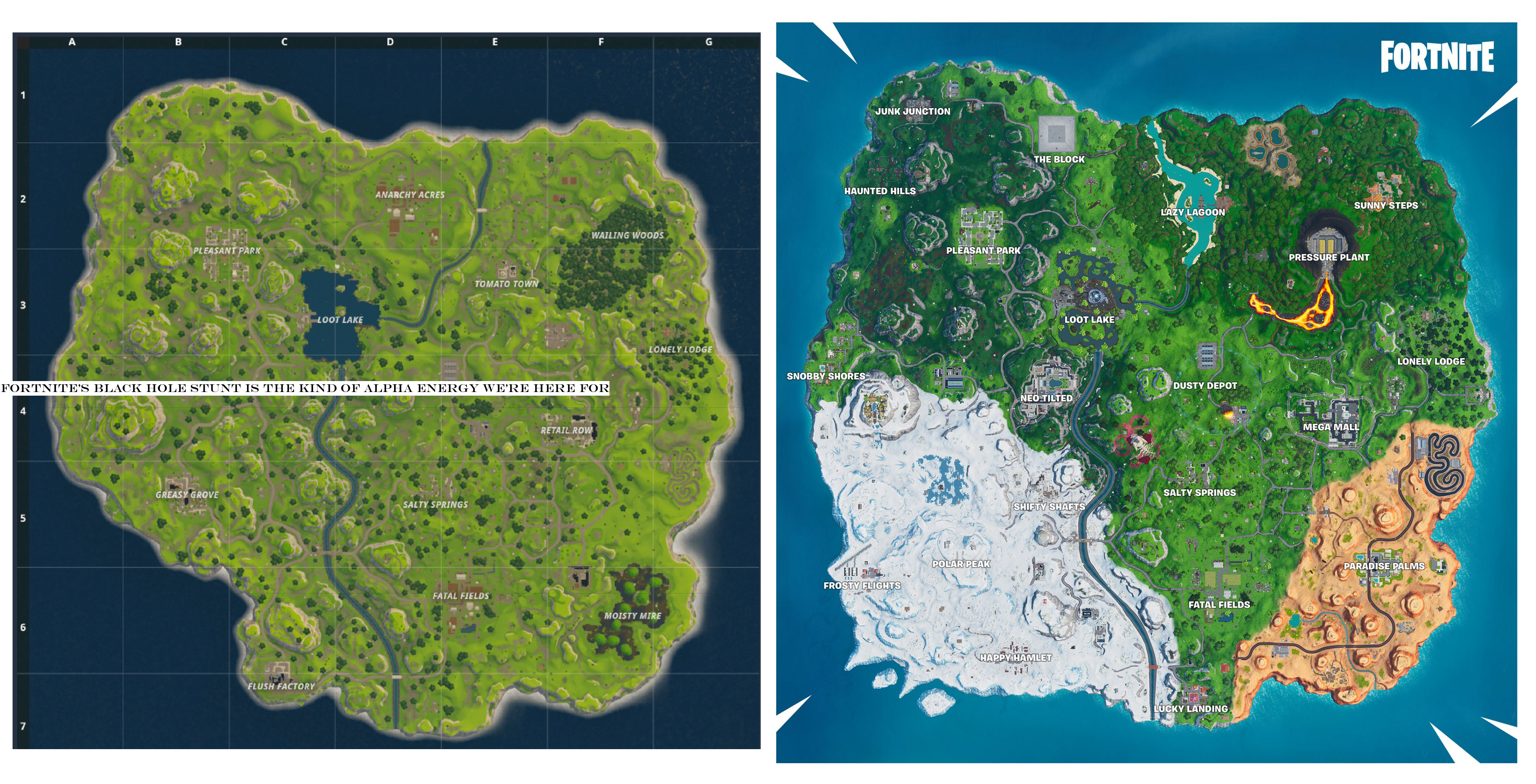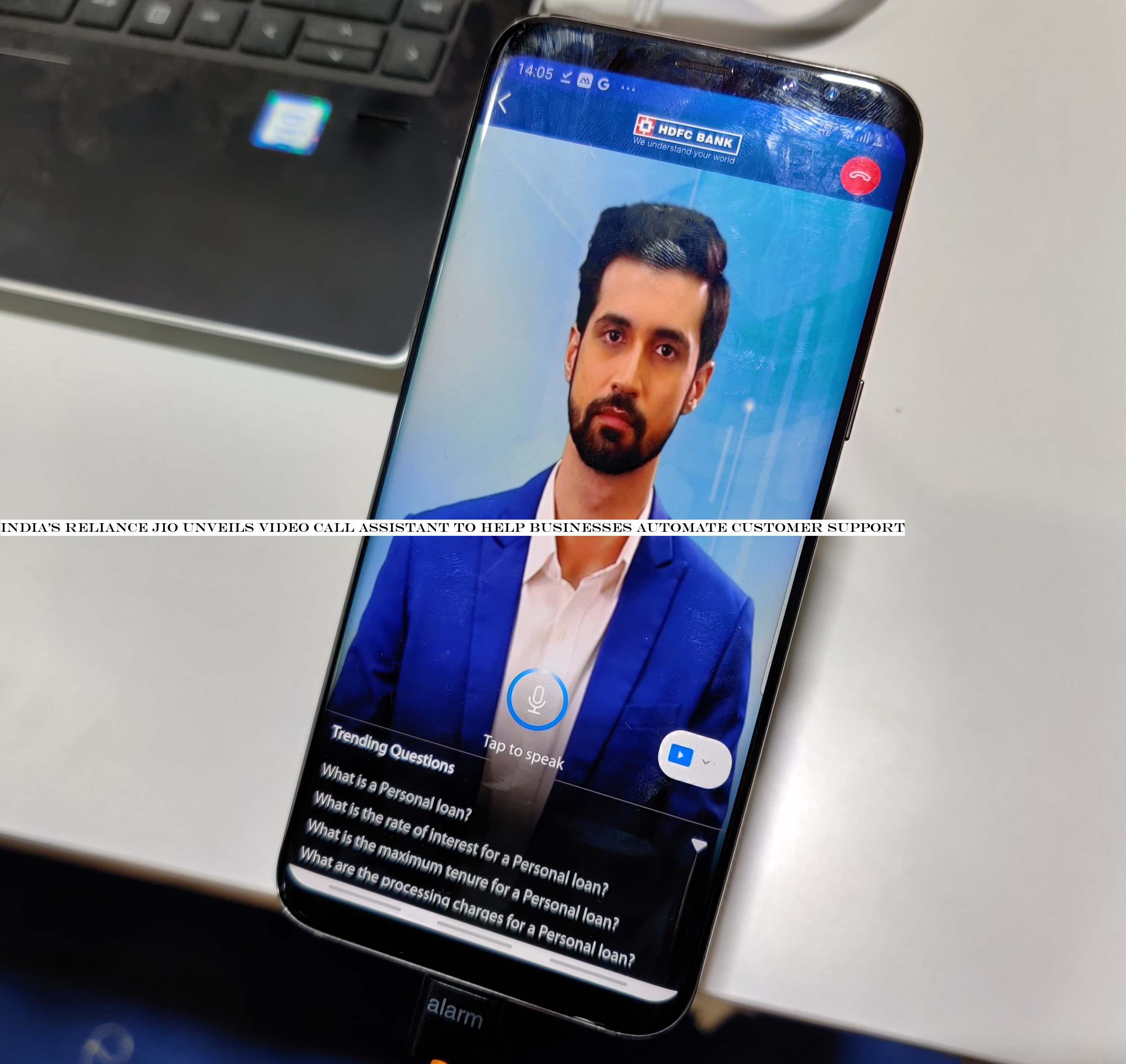Music
Trailers
DailyVideos
India
Pakistan
Afghanistan
Bangladesh
Srilanka
Nepal
Thailand
StockMarket
Business
Technology
Startup
Trending Videos
Coupons
Football
Search
Download App in Playstore
Download App
Best Collections
Technology

Shipping tech giant Pitney Bowes has confirmed a cyberattack on its systems.
The company said in a statement that its systems were hit by a &malware attack that encrypted information& on its systems, more commonly known as ransomware.
&At this time, the company has seen no evidence that customer or employee data has been improperly accessed,& the statement said, but many of its internal systems are offline, causing disruption to client services and other corporate processes.
The company said itworking with a third-party consultant to address the issue. But itnot immediately known what kind of ransomware encrypted its systems.
A spokesperson, when reached, did not comment beyond the published statement.
Pitney Bowes is a widely used shipping tech company that provides mailing services to sellers, with more than 1.5 million clients across the world, including the Fortune 500. The company allows sellers to make mailing items and goods easier and more efficient, and is widely used by sellers in marketplaces like Etsy and Shopify.
Several customers on Twitter complained that they were unable to perform basic tasks on their account. Itknown that some account and product support pages, and downloads, are unavailable.
Itthe latest in a string of attacks on high-profile businesses. In the past few months, drinks giant Arizona Beverages, aluminum maker Norsk Hydro and science services company Eurofins have all been hit by ransomware.
Last week, the FBI warned of &high impact& ransomware attacks targeting larger businesses.
- Details
- Category: Technology
Read more: Shipping giant Pitney Bowes hit by ransomware
Write comment (92 Comments)
In an impressive bit of pre-launch marketing, Disney today announced by way of a massive Twitter thread basically every movie and TV show coming to its upcoming streaming service Disney+. The thread, which was posted in chronological order starting with &Snow White and the Seven Dwarfs& in 1937, reveals not just Disneybest-known titles but also its long tail of cult classics, flops, oddities and other lesser-known films.
To date, Disney has advertised the extensive catalog coming to Disney+, which launches on November 12, by highlighting the top titles from Disney, Marvel, Star Wars, Pixar, NatGeo and more.
It has also touted its dozens of upcoming original productions like &The Mandalorian,& a &Lady and the Tramp& remake, a &Rogue One& prequel, &High School Musical: The Musical: The Series,& and many others.
But todayTwitter thread is a reminder that Disneyback catalog goes deep.
For every Disney animation classic, therea crappy direct-to-video sequel, like &BelleMagical World,& for example. There are the cheesy &80s TV shows. And while Pixar may have spun &Toy Story& into one of its best-known franchises, it also produced the broadly panned &Cars 2.&
Then there are the titles you may have forgotten — or never knew existed in the first place — from &Meet the Deedles& to &Zenon Girl of the 21st Century& to &Fuzzbucket& to &The Computer Who Wore Tennis Shoes& to that movie about the country bears.
For anyone who grew up on Disney, the list is a nostalgic look back at not just the studiohits, but also the titles that quickly faded from your memory, or those that even make you cringe.
While most streaming services today round out their catalog lineup with less popular content in order to claim a larger number of total titles available, they don&t tend to promote their B movies and crappy TV shows in any of their marketing or advertising, for obvious reasons.
Disneyapproach, by comparison, is refreshingly transparent.
While you may never have watched &The Biscuit Eater& or &Justin Morgan Had a Horse& or &The Adventures of Ichabod and Mr. Toad,& and may never care to, Disney+ is at least letting you know what sort of filler content comes with your $6.99 per month subscription.
As you scroll your way down through one of the biggest tweetstorms ever, you&ll likely come across a few niche titles that appeal to you, despite not being the stuff of headlines. And because each title gets its own tweet, you can let everyone know exactly how excited you are for &The Cat from Outer Space,& or anything else that strikes you.
Todaymassive tweetstrom wasn&t the only way that Disney overloaded one of its social channels to demonstrate the size of its back catalog. It also put together an over 3-hour YouTube video that previews everything coming to Disney+.
Disney+ is available for pre-order ahead of its November 12 launch.
- Details
- Category: Technology
Read more: Disney+ tweets all the movies and shows coming to its streaming service
Write comment (94 Comments)
Google has revealed its latest Titan security key — and itnow compatible with USB-C devices.
The latest Titan key arrives just weeks after its closest market rival Yubico — which also manufactures the Titan security key for Google — released its own USB-C and Lightning-compatible key, but almost two years after the release its dedicated USB-C key.
These security keys offer near-unbeatable security against a variety of threats to your online accounts, from phishing to nation-state attackers. When you want to log in to one of your accounts, you plug in the key to your device and it authenticates you. Most people don&t need a security key, but they are available for particularly high-risk users, like journalists, politicians and activists, who are frequently targeted by hostile nation states.
By Googleown data, security keys are far stronger than other options, like a text message sent to your phone.
Many companies, like Coinbase, Dropbox, Facebook, Twitter and Google, support the use of security keys. But although the list of supported companies is not vast, it continues to grow as security key usage increases.
Google said its newest key will be available from October 15 for $40.
- Details
- Category: Technology
Read more: Google updates its Titan security keys with USB-C
Write comment (100 Comments)As you are likely already aware, Epic Games is pulling a massive PR stunt that has shrunk the worldmost popular game down to a single black hole.
As part of FortniteSeason 10 live event, called &The End,& the entire Battle Royale Island was sucked into a black hole, with every Fortnite social media channel deleting all of its content save for a live stream of the aforementioned black hole.
Itlike the game never existed.
This has been going on for nearly 24 hours now. I&d say thereless than 1% possibility that this is actually the end of the game.
For one thing, Fortnite is an insane revenue generator for Epic Games, a company that not only makes games but develops software for others to make games. In fact, Fortnite was actually built as a marketing vehicle for EpicUnreal Engine, to show off whatpossible with the technology.
No numbers have been released recently, but at one point last summer, The Verge reported that the game was making $300 million/month.
Fast-forward to today, more than two years after launch, and the game is far and away the most popular video game on the planet, with 250 million registered accounts. Italso one of the biggest esports by prize pool, with Epic pledging $100 million in prize cash for 2019.
But beyond the money (and letnot underplay the money here), there is also some evidence that the black hole event is slated to end on Tuesday morning. A data miner who goes by Lucas7yoshi on Twitter points to code on Fortnite.com that allegedly reveals the end of the event is on Tuesday at 6AM EST. Of course, this is far from confirmed and though we&ve reached out to Epic, we haven&t heard back.
The point? Epic didn&t just delete Fortnite. (However, itbeen terribly fun to watch gamers& temper tantrums play out on social media.)
Rather, the company is building as much hype as possible around its next chapter. With the entire map sucked into a black hole, all signs point to a brand new map.
This is important for two unequal reasons.
First and foremost, Fortnite has always taken place on the same map. Points of interest have been wiped away and replaced, and biodomes have been updated and tweaked along the way. Indeed, the ¤t& Fortnite map is markedly different from the map the game launched with.

But it has been a slow transition, with one small change here and there for more than two years. Whatever the reason behind this, one symptom has undoubtedly had an effect on the game. The longer you&ve played Fortnite, the more of an advantage you have.
This is particularly true with mechanics like building. Experience in other games, be it Battle Royale or third-person shooters, doesn&t carry over into Fortnite, where winning on both defense on offense rests in a playerability to build.
But the map plays its part, too. Long-time players of the game know this island inside and out. They know that you can slide down this part of the mountain without taking fall damage, or that itdifficult to jump your way onto this plateau without building. They know every single loot spawn on the map.
This has meant that, after two years, Fortnite has favored the veterans, which has left newcomers in a particularly difficult position.
Epic has tried to counter the imbalance of its players in a number of ways. For one, the game added Playground mode to give players a chance to practice in a relatively low-stakes environment. But Fortnite also made changes in the game that have given an edge to brand new players. The easiest and most obvious example of this is the introduction of the mechs in the beginning of Season 10, which were essentially unbeatable at their debut and took little to no skill to operate. Veterans were not pleased.
The piece that has been missing for the game is a good jumping-on point.
A brand new map may be the biggest opportunity yet for brand new players to join up alongside veterans of the game and have a fighting chance of being successful. For the first time, everyone will be lost. No one will know where all the loot is spawned in this or that building, or how to rotate from one point of interest to another with the greatest height advantage or the most cover.
But, instead of transitioning from the original map to a new one in a matter of hours, as is standard with every other update to a game, Epic has decided to draw this one out.
And letkeep this in context. Most schools are off today for Columbus Day. All those kids who were excited to grind out Season 11 on their day off are now left staring into a Black Hole with nothing to do but simmer in rage or… ya know, do something else.
This is exactly the kind of alpha energy from a game maker that I am here for. The ego!
While other games worry about getting as many players on their servers as possible at any given second of any day, Fortnite is taking a few days off to let you really miss it. Distance makes the heart grow fonder. For both old and new players, a new map means a fresh start and a fresh reason to get excited about Fortnite.
Much less critically, a new map addresses competition.
EAApex Legends remains one of the biggest threats to Fortnite. The Battle Royale game had an explosive (and reportedly expensive) launch and hit 50 million users faster than Fortnite did at launch. But interest in the game petered out until very recently, when EA introduced a brand new map for the first time.
The new map, called WorldEdge, reinvigorated the player base. Itbeen out for about two weeks now.
With Epicblack hole stunt, the publisher is having a true snap back moment.
&Go play your other game, if you must, or better yet just stare longingly into this cryptic black hole,& Fortnite is saying. &You&ll come running back the moment you hear I&ve returned.&
- Details
- Category: Technology
Read more: Fortnite’s black hole stunt is the kind of alpha energy we’re here for
Write comment (95 Comments)Before Google moves to bring its human-sounding robot calling service Duplex to help users automate their interactions with businesses to international markets, an Indian giant is deploying its own solution to get a jumpstart on the local market.
Reliance Jio today unveiled AI-powered Video Call Assistant service that will allow businesses to automate their customer support and other communications. The service, built in collaboration with Radisys, a U.S.-based subsidiary of Reliance Industries, can be accessed via a 4G phone call and does not require installation of any additional app, Jio said.
Executives of Reliance Jio demonstrated the technology on Monday at the third installment of Indian Mobile Congress, similar to but not affiliated with the trade show Mobile World Congress. They said they have already courted a number of customers for this service, including HDFC Bank.
In the demo, a user dials a regular phone number and sees a video chat option. Once tapped, the user is greeted by a pre-recorded video message from a human. To demonstrate the AIcapabilities, an executive of Reliance Jio asked the bot what was the interest rate on personal loans. The human-looking bot was able to answer the question without any delay.
The company, which became the largest telecom operator in India in three years, is also offering audio and text bot options to brands, executives said. &It may be a large business or small, our bot service is built for all,& one of the two executives said.

Image: Manish Singh / TechCrunch
The company said its developer toolkit — called Jio Bot Maker — will allow brands to build and deploy the AI assistant in &just five minutes.&
The company is hoping to address the ¤t customer pain points like endless call-hold music or seemingly never-ending IVR wait-times,& it said, as it looks to court more businesses in the country.
Earlier this year, Reliance Jio inked a deal with Microsoft to bring Office 365 and other services from the Redmond-headquartered giant to small businesses in India for subsidized cost.
The company has also developed a point-of-sale machine that its agents are increasingly trying to sell to neighborhood stores in the nation. Popularly known as kirana stores, these millions of mom and pop shops dot the entire country.
Reliance Industries, parent firm of Reliance Jio and the largest industrial house in the nation, also operates the largest retail chain in the country, called Reliance Retail. Despite billions of dollars spent on Indiae-commerce market, online sales still amount for just 3% of the overall sales in the nation, according to industry estimates.
The person who appears on the video chat could be replaced by anyone from the CEO of a company to a brand ambassador, Reliance Jio said. &We aim to democratize AI by enabling small businesses to create their own AI-based Bot with no coding and with minimal effort,& it added.
The company plans to introduce support for multiple languages to its bot service and serve &millions of businesses& across various industries in India.
Jio did not reveal when it plans to launch the developer kit to the public, but a spokesperson told TechCrunch that it will be made available &in the near future.&
Jio has made no secret that it wants to develop AI assistants to help businesses. Last year, it acquired Haptik, a Mumbai-based startup that develops &conversational& platforms and virtual assistants. The size of the deal was $100 million.
Aakrit Vaish, co-founder and CEO of Haptik, told TechCrunch in an interview earlier that the startup was developing voice bots.
- Details
- Category: Technology
Cambridge, UK-based biotech startup Mogrify, which is working on systematizing the development of novel cell therapies in areas such as regenerative medicine, has closed an initial $16 million Series A.
The raise from investors Ahren Innovation Capital,Parkwalkand24Haymarketfollows a $4M seed in February — taking its total raised to date to $20M.
Put simply, Mogrify approach entails analysis of vast amounts of genomic data in order to identify the specific energetic changes needed to flip an adult cell from one type to another without having to reset it to a stem cell state — with huge potential utility for a wide variety of therapeutic use-cases.
&What we&re trying to do with Mogrify is systematize that process where you can say heremy source cell, heremy target cell, here are the differences between the networks… and here are the most likely points of intervention that we&re going to have to make to drive the fate of an adult cell to another adult cell without going through a stem cell stage,& says CEO and investor Dr Darrin Disley.
So far he says itsuccessfully converted 15 cells out of 15 tries.
&We&re now rapidly moving those on through our own programs and partnership programs,& he adds.
Mogrifybusiness has three main components: Internal program development of cell therapies (current cell therapies itdeveloping include enhancing augmented cartilage implantation; non-invasive treatment of ocular damage; and for blood disorders). Italso developing a universal source of cells for use in immunotherapy — to act as &disease-eaters&, asDisley puts it.
Speculative IP development is another focus. &Because of the systematic nature of the technology we&re in a position very rapidly to identify areas of therapy that have particular cell conversions at their essence — and then drive that IP generation around those cells very quickly and create an IP footprint,& he says.
Partnering deals is the third piece. Mogrify is also working with others to co-develop and bring targeted cell therapies to market. Disley says italready closed some partnerships, though itnot announcing any names yet.
The startup is drawing on around a decadeworth of recent work genomics science. And specifically on a data-set generated by an international research effort, called Fantom 5, which its founders had early access to.
&We started with that massive Fantom data-set. Thatthe baseline, the background if you like. Think of it like two cities in America: Chicago and New York. Thereyour source cell, thereyour target cell. And because you have all the background data of every piece of the network — every building, every skyscraper — if you look at the two you can identify the difference in the gene expression, therefore you can identify which factors will regulate a wide array of those genes. So you can start identifying the differences between the two,& explainsDisley.
&We&ve then added to that massive data sets in DNA-protein and protein-protein interactions… so you start to now overlay all of that data. And then we&ve added on top of that new next-gen sequencing data and epigenetic data. So you&ve now got this massive data-set. Itlike having a network map between all the different cell types. So you&re therefore then able to make predictions on how many interventions, what interventions are needed to drive that change of state — and itsystematic. It doesn&t just recommend one set. Therea ranking. It can go down to hundreds. And there is some overlap and redundancies, so for example if one — you&re preferred thing — doesn&t work the way you wanted it to you can go back and select another.
&Or if therean IP issue around that factor you can ignore that piece of the network and use an alternative route. And once you&ve got to your target cell, if it needs to some tweaking you can actually re-sequence it and take that back and thatyour starting cell again. And you can go through this optimization process. So what comes out at the other end… you&ve got a patent that it like a small molecule composition of matter patent; itthe therapeutic. So you&re not coming out with the target, you&re actually coming out with here is the composition of matter on the cell.&
In terms of timeframe for getting novel cell therapies from concept to market Disley suggests a range of between four and seven years.
&Once you&ve identified the cell type that can be be the basis of your GMP manufacturable process and then you can tweak that to take it to the therapeutic indication you can develop a cell therapy and bring that to market in five years,& he says. &Itnot like the old days with small molecules where it can take ten, 15, 20 years to get a serious therapy on the market.
&When you&re treating patients… is because there are no other treatments for them, when you go into phase two and do your safety study [and] efficacy study you&re actually treating patients already in terms of their disease. And if you get it right you can get a fast track approval. Or a conditional approval… so that you may not even have to do a phase 3 [testing].&
&We&re not using any artificial intelligence here,& he also emphasizes, pointing to his experience investing in companies in the &big extreme data space& which he argues do best by using &unbiased approaches&.
&AI I think is still trying to find its way,& he continues. &Because in its essence it will be able to get to answers with smaller amounts of data but itonly as good as the data you train it on. And the danger with AI… it just learns to recognize what you want it to recognize. It doesn&t know what it doesn&t know.
&In combination, once you continue to generate this massive cell network data etc you can start applying aspects of machine learning and AI. But you couldn&t do Mogrify with AI without the data. You have to do it that way. And the data is so complex and combinatorial — 2,000 transcription factors, in terms of regulation of those genes, they then interact in network to do the protein-protein interactions, you&ve got epigenetic aspects of that, you could even start adding cell microbiome effects to that later — so you&ve got a lot of factors that could influence the phenotype of the cell thatcoming out the other end.
&So I think with AI you have to be a little careful. I think it will be a more optimizing tool once you&ve got sufficient confidence in your system.&
The plan for the Series A funding is to ramp up Mogrifycorporate operations and headcount — including bringing in senior executives and expertise from industry — as well as spending to fund its therapy development programs.
Disley notes its recent appointment of Dr Jane Osbourn as chair as one example.
&We&re bringing in more people with a lot of cell therapy experience from big pharma, around then more on the manufacturing and delivery of that — so really building so that we&re not just a tech company,& he says. &We&ve very strong already, we&re already 35 people on the tech and early stage drug discovery side — we&re going to add another 30 to that. But thatgoing to be increasingly more people with big pharma, cell therapy development, manufacturing experience to get products on to market.&
Partner search is another focus for the Series A. &We&re trying to find the right strategy partners. We&re not doing services, we&re not doing products — so we want to find the right strategic partners in terms of doing multi-programs in a partnership,& he adds. &And then a series of more tactical deals where people have got a specific problem with a cell conversion. These more turnkey deals, if you like. We still get up-fronts, milestones and royalties but they&re smaller.&
Despite now having enough money for the next two to two and half years italso leaving the Series A open to continue expanding the round over the next 12 months — up to a maximum of another $16M.
&We have so many interested investors,& Disley tells us. &This round we didn&t actually open our round. We did it with internal investors and people we&re very close to who we&ve worked with before, and there were investors lining up… [so] we are leaving it open so that in these next 12 months we may choose to increase the amount we bring in.
&It would be a maximum of another $16M if it was an A round but we may decide just to go straight forward if we progress very fast to a much bigger B round.&
- Details
- Category: Technology
Read more: UK biotech startup Mogrify injects $16M to get novel cell therapies to market soon
Write comment (98 Comments)Page 639 of 5614

 6
6





